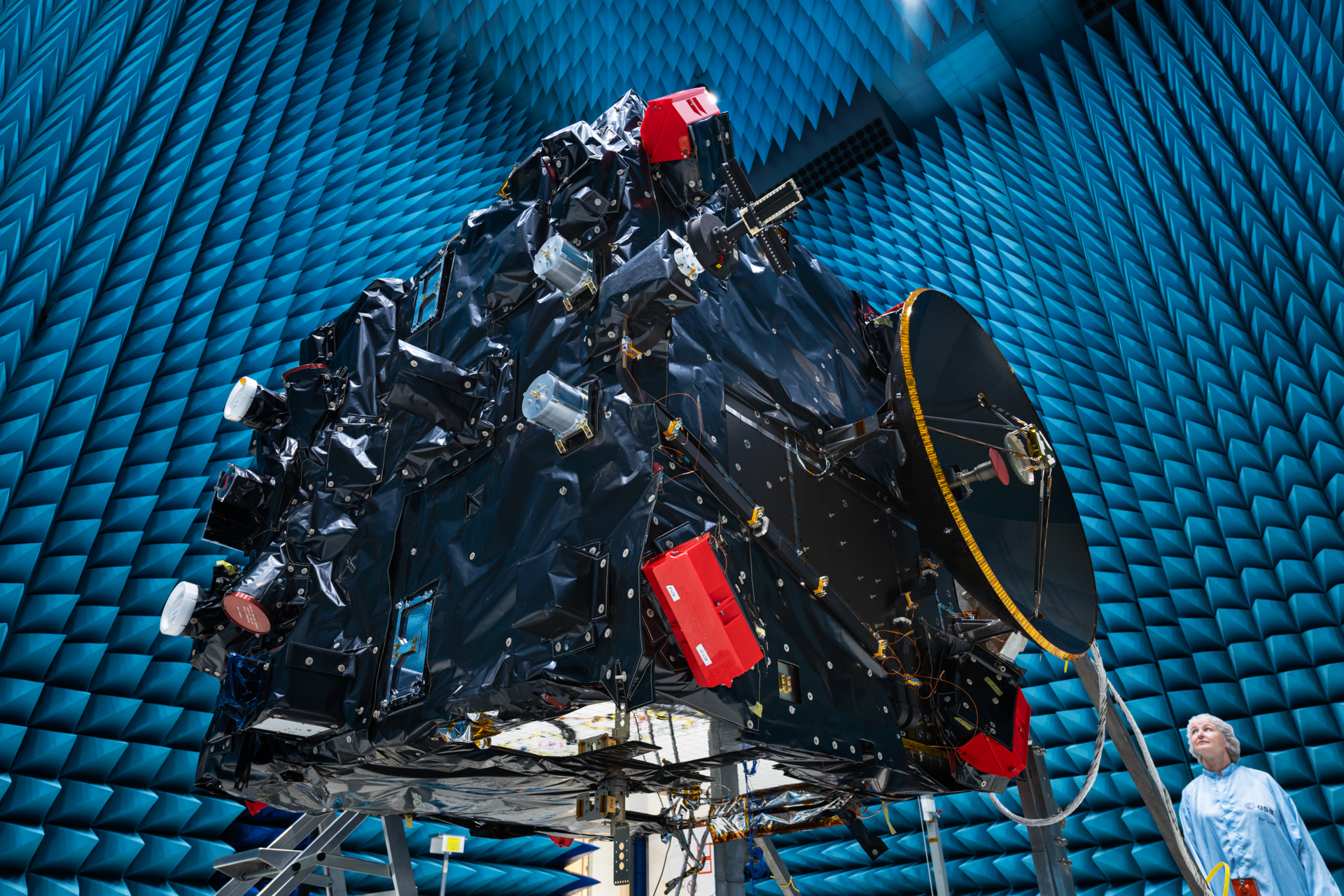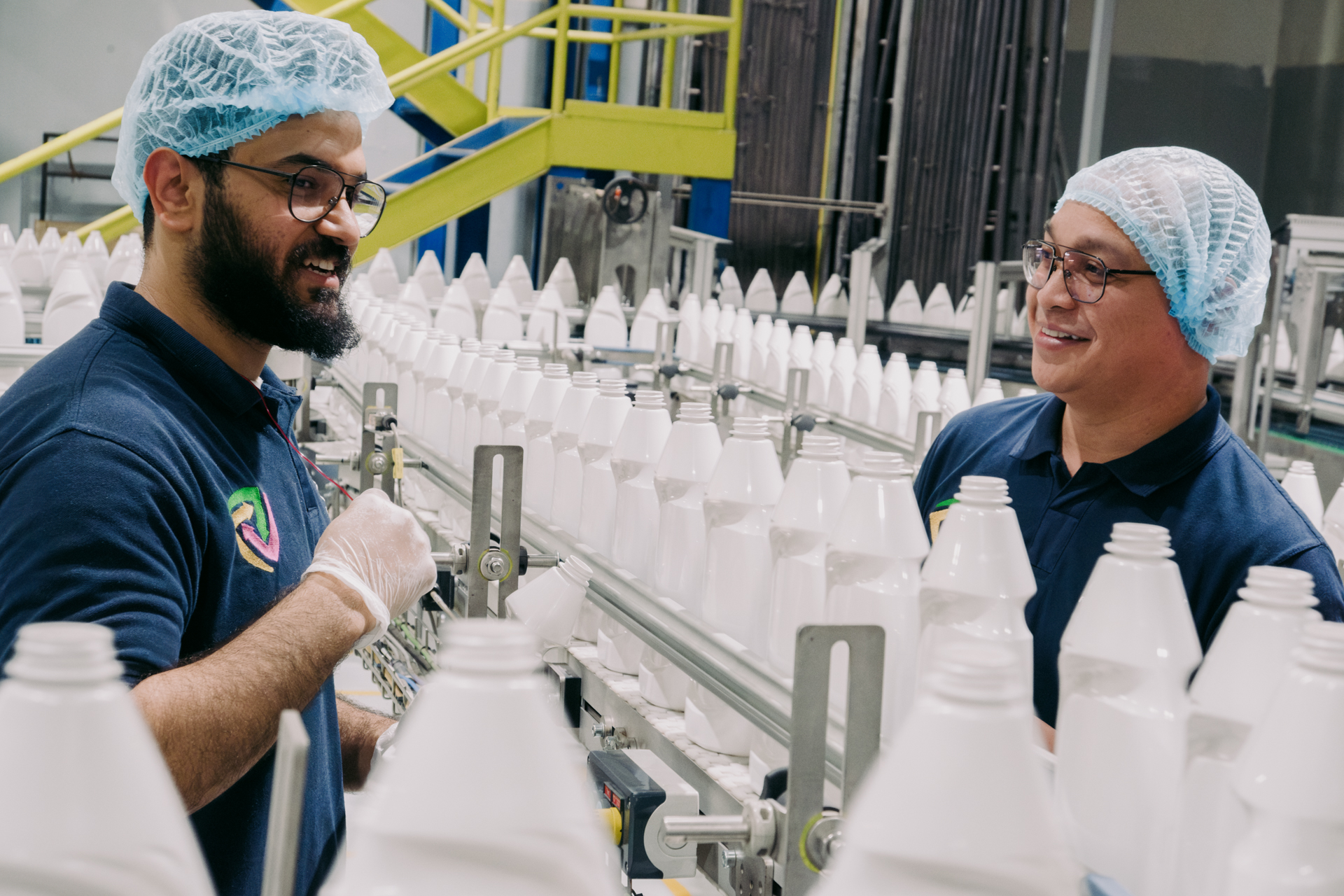Nuclear fusion: Delivering on the promise of carbon-free power with the help of AI
SAINT-PAUL-LEZ-DURANCE, France – Set in a scrubby forest of pine, oak and aromatic brush in Provence, the world’s largest nuclear fusion plant is under construction.
Here, 2,000 scientists, physicists and workers from more than 30 countries are building a power plant fueled by the same energy that makes the sun shine. Fusion has the potential to be a new source of affordable, carbon-free energy.
ITER, as it’s called, is a mind-blowingly complex project, involving harnessing plasma that is even hotter than our sun. Because nothing on this scale has ever been done before, every day offers unprecedented challenges. When it is turned on, and the goal for that is 2033, the world will be watching.
Alain Becoulet, deputy director general of ITER, smiled wistfully when he contemplated the work to be done before reaching that moment. “We will be driving a Ferrari and all we have to train on right now is bicycles,” he said.
A collaboration with Microsoft is one of the ways ITER is preparing for the moment when it’s time to turn the ignition switch. ITER is using a range of Microsoft tools – from Microsoft 365 Copilot to Azure OpenAI Service to Visual Studio to GitHub – to speed toward its goals.
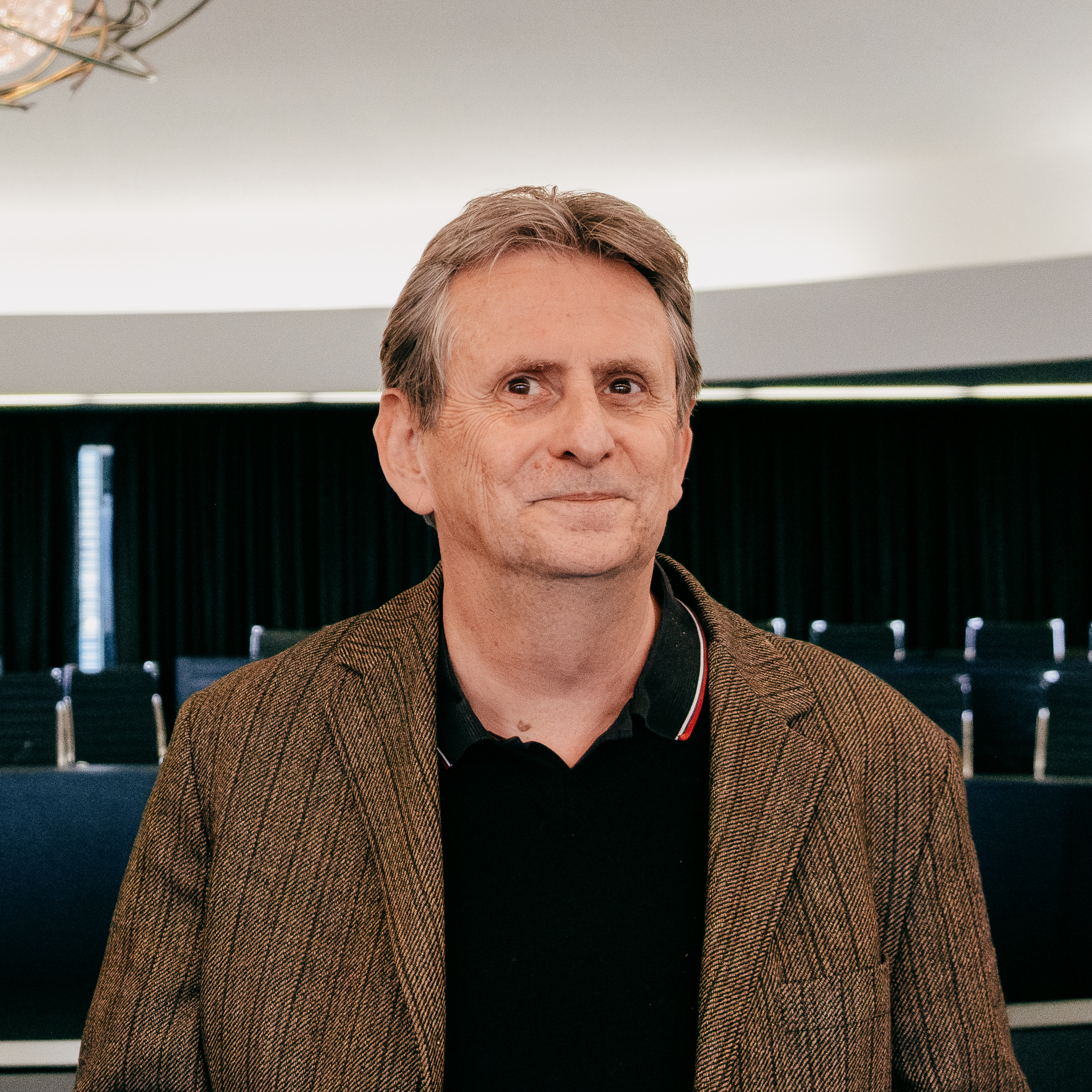
“We’re assembling a little bit more than 1 million parts, and the challenge is not only to manufacture these things, the challenge is also to assemble them and have it all work at once.”
Alain Becoulet, a physicist and deputy director general of ITER says the need for precision with complex components makes building a fusion plant the challenge of a lifetime. “It’s like a nuclear Swiss watch,” he says. Photo by Chris Welsch for Microsoft.
The development of a chatbot in Azure OpenAI service has significantly improved how ITER staff searches its database of more than 1 million documents, ranging from research to inventory to regulation, Becoulet said. A collaboration with GitHub Copilot is helping make software development accessible even to non-developers, as well as enabling sophisticated simulations to improve safety and operations.
And now ITER and Microsoft Research have signed a memorandum of understanding regarding a potential research collaboration, particularly on issues involved in modeling future experiments at ITER, Becoulet said.
“The aim is to strengthen the integrated modeling of ITER plasmas, both in terms of experimental design and real-time control, as well as the analysis and processing of gigantic quantities of data,” he said, adding that “the cooperation could also lead to a major leap forward in ITER’s ability to optimize its operational regime based on the most fundamental calculations, through simulations calling on the highest computing capacities currently available, as well as solid data mining capabilities.”
“It’s an extremely sophisticated apparatus,” Becoulet said of the fusion plant. “We’re assembling a little bit more than 1 million parts, and the challenge is not only to manufacture these things, the challenge is also to assemble them and have it all work at once.”
Ensuring precision
The idea behind ITER is to design and create a fusion device that can prove the feasibility of fusion as a large-scale and carbon-free source of energy, as well as paving the way for commercial use of fusion. The plant would generate about 500MW of power annually, but that power wouldn’t go on the grid; the purpose is to learn how to operate a fusion plant successfully and share that knowledge broadly.
Switching metaphors, Becoulet said that “I used to call it a nuclear Swiss watch; it’s so extremely precise, but also the size of a nuclear plant.”
AI, which Becoulet said he prefers to call “augmented intelligence because it’s still humans making the decisions” is now a critical part of bringing all the parts and people together.
Maria Ortiz De Zúñiga is one of the engineers who has played a role in the manufacturing of the ITER vacuum vessel, the doughnut-shaped container being built to house the extremely hot plasma of the fusion device, which is known as a “tokamak”. (The word “tokamak” comes from a Russian acronym for “toroidal chamber with magnetic coils.”)
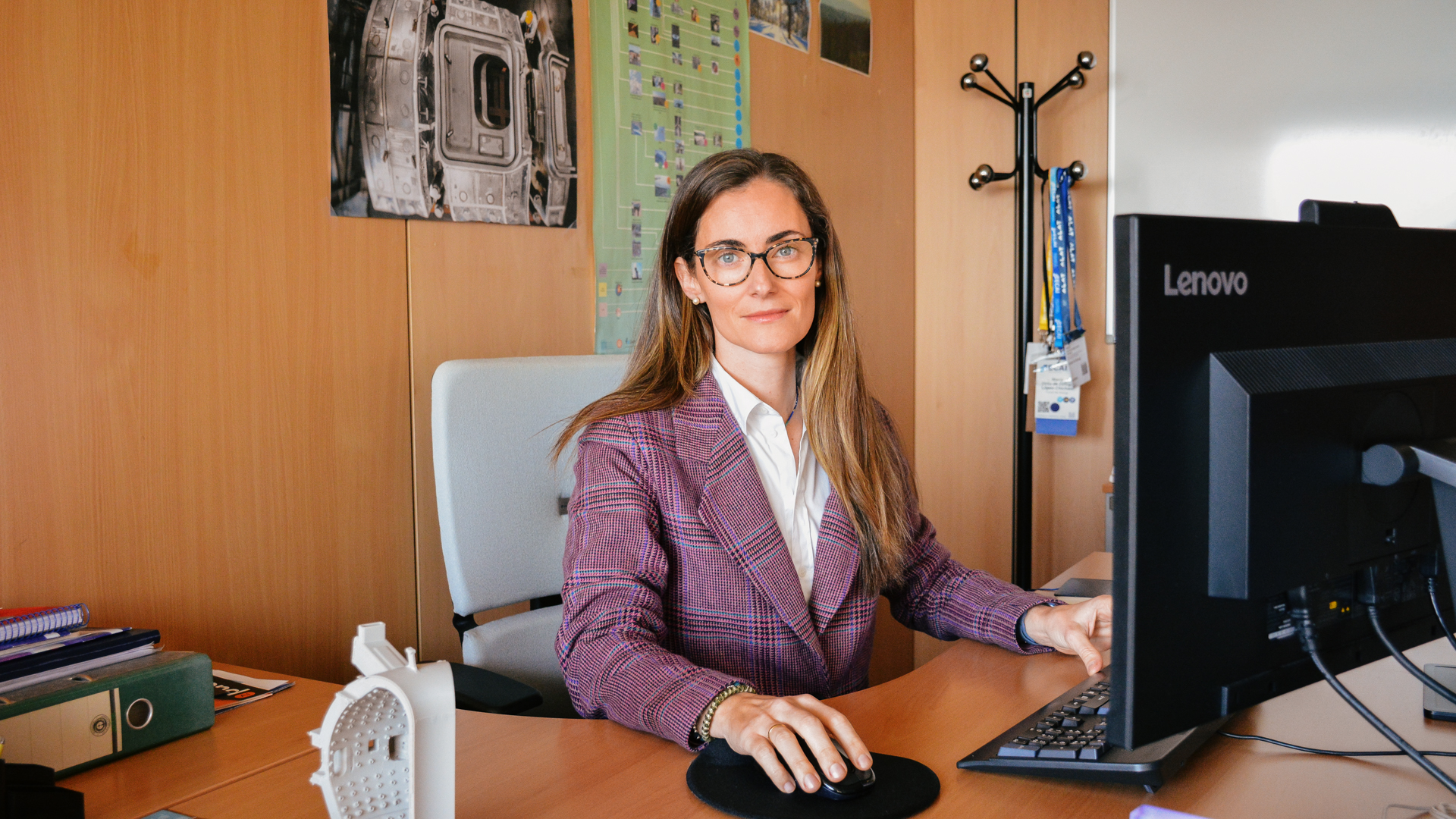
“AI is a force multiplier,” (…) “For AI this is a simple task, after training a model. It can perform the same task without missing weld defects and with the precision that a nuclear component requires.”
Maria Ortiz de Zúñiga is one of the engineers who has contributed to the manufacturing of the ITER Vacuum Vessel — a doughnut-shaped container to house the super-hot plasma of the biggest fusion device. ©F4E
She’s the head of unit for Project Engineering, Computer Assisted Design (CAD) and Technical Data Management at Fusion for Energy, the European Union organization that is part of the ITER project (each government involved has its own similar agency).
When she joined Fusion for Energy, her colleagues told her “I hope you like fusion because you’ll be working on it for the rest of your life,” she said with a laugh. For her it’s been a dream job, perfectly aligned with her doctorate research on AI in advanced manufacturing techniques in fusion reactors.
For about the past decade, Ortiz De Zúñiga worked on various aspects of Europe’s contribution to the vacuum vessel. Several other organizations were involved.
The vacuum vessel is made of nine sectors, with Europe responsible for making five. South Korea is making the other four. Russia and India are producing other parts. When completed, the vessel will weigh about 5,200 tons.
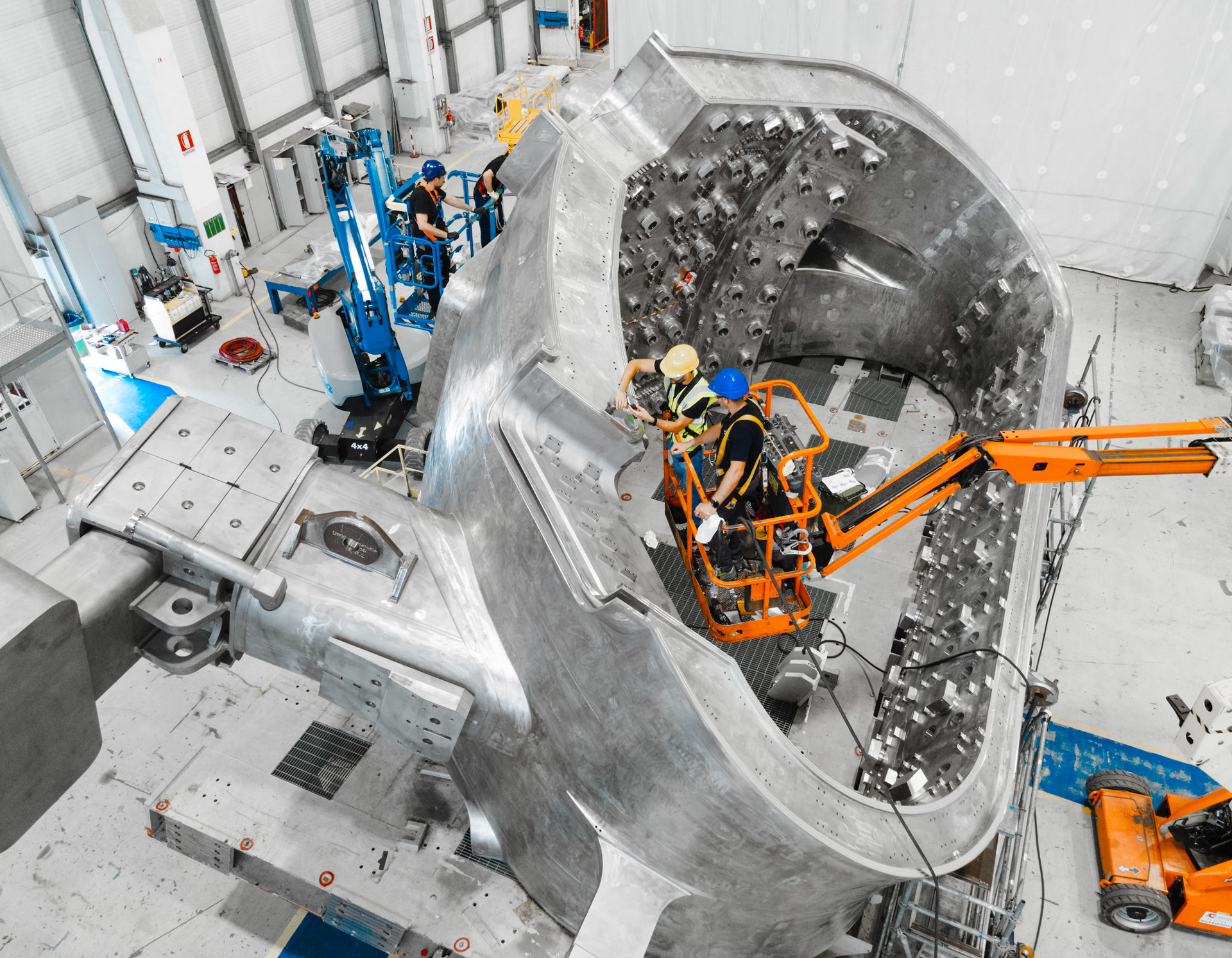
The vessel is made of a special type of stainless steel that must be machined and welded multiple times and then tested with sophisticated ultrasound scans to ensure that the welds have no defects. When the whole device is in operation, the vessel will contain plasma that reaches temperatures of 150,000,000 Celsius – 10 times hotter than the core of our sun. Precision is essential.
One of the segments of the vacuum vessel being cleaned after construction. The vacuum vessel is at the heart of the ITER tokamak, which is the powerplant of the fusion project. Copyright: F4E in collaboration with Ansaldo, Westinghouse, Walter Tosto (AMW) consortium, Monfalcone, August 2024. ©F4E
One of the tools she and her team use to develop AI models is Microsoft Visual Studio Code. Visual Studio is an “integrated development environment (IDE),” in which many coding languages can be used and there are various tools for developing applications – such as the ones she used to check the quality of welds using multiple ultrasound scans.
The amount of data, and the detail involved, means using AI to analyze the data saves many hours in checking the quality and precision of the welds. It is also being used to help analyze the materials that will line the vacuum vessel.
“AI is a force multiplier,” she said. “For AI this is a simple task, after training a model. It can perform the same task without missing weld defects and with the precision that a nuclear component requires.”
AI is also playing a key role in the research and administrative tasks that are essential to the ITER project.
Orchestrating efficiency with Copilot
Jean-Daniel Delaplagne is the IT Section Leader for ITER. He has been with the organization for 15 years.
ITER has been a longtime Microsoft client, he said, with Office 365, Windows servers, and other Microsoft tools in use throughout the organization. But in the past year that use has expanded in new directions.
“One of our targets was to connect with our knowledge base here in a better way,” Delaplagne said. “We have 20 years of knowledge — more than 1 million documents.”
His team fine-tuned an Azure OpenAI Service chatbot designed to make mining that database easier. ITER has been working with Microsoft partner Witivio to make the link between that knowledge platform and the Microsoft 365 Copilot through agentic features. An example of an “agentic element” is a tool specifically designed to translate the hundreds of acronyms ITER uses.
Delaplagne said that the chatbot has been very helpful in a variety of ways.
“In the end we have been getting quite good quality of answers on very technical knowledge of ITER,” he said. “It’s not just good at finding documents, it’s good at finding information within documents and the meaning of different aspects of engineering and construction.”
After an initial use phase of Microsoft 365 Copilot with 50 beta testers, ITER is expanding to more than 300 Copilot licenses with plans to add more, Delaplagne said. Copilot is also being used for administrative tasks like initial evaluations of CVs as well as for purchasing and inventory.
Azure OpenAI Service is also being used to make a history of all the IT tickets on file searchable. He said ITER typically has 40,000 requests for IT help each year. Making the history of all those help requests and solutions searchable could speed up the resolution of common issues; he said the system has been well-received so far. He also said health and safety officers have used Copilot to draft inspection methodologies and checklists, including generating open-ended questions.
From theoretical to practical
At the heart of ITER are questions of physics; scientists have been researching the question of how stars fuel themselves since the 1920s.
Alberto Loarte has spent his career addressing those questions and putting them into play in building the tokamak at ITER. He says that AI has the potential to accelerate the development of fusion as a commercial energy source.
“Some of the initial applications of artificial intelligence like Copilot are to improve software and develop new routines, because these things are actually quite, quite efficient,” he said. “You can do programming directly with it, and you can get to a standard and improve the efficiency.”
Loarte said that AI will play a bigger and bigger role in improving the quality of predictive simulations. Nuclear fusion has been achieved before, but never on the scale of ITER.
Beyond AI, computational firepower is needed to prepare for the startup of the ITER tokamak.
As Loarte describes it, when the fusion reaction is happening, the plasma will behave somewhat like the sun, with its periodic solar flares. The physicists are hoping the new calculations would show that the integration between the requirements to create fusion and the pressures that would put on the vacuum vessel would be easier than is now foreseen.
Fusion is different from fission – it doesn’t create high activation radioactive waste and is a much safer form of power generation, but the behavior of the plasma must be controlled precisely to create reliable power.
That’s why predictive calculations of what might happen under various conditions are so critical. Eventually, the use of high-performance computing, or HPC, would be needed.
He also said AI can be used to interpret the results of these heavy calculations; Loarte and other scientists have already done this at some small level.
For Maria Ortiz De Zúñiga, the idea of contributing toward a new source of clean energy gives meaning to her work.
“That’s what drives us,” she said. “Manufacturing is exciting for an engineer. But when you get to produce a component that will be part of ITER, you realize how your work is part of the big picture in solving the energy crisis.”


